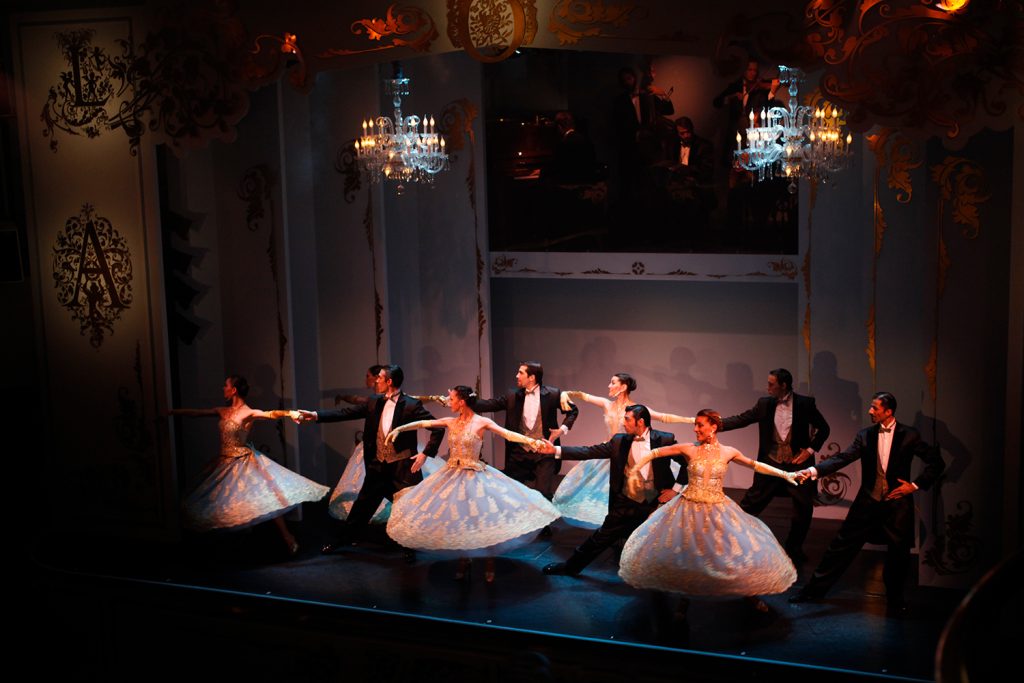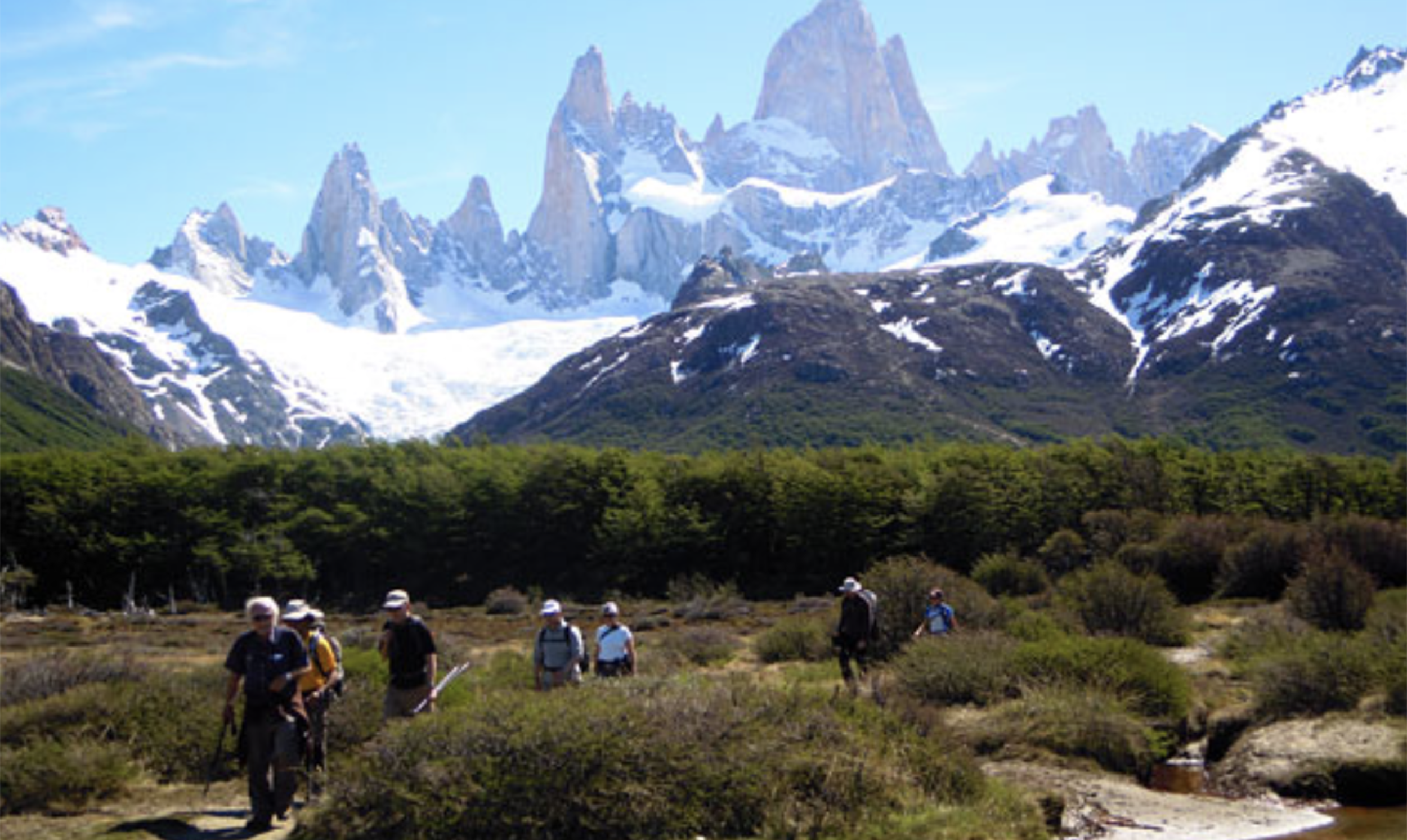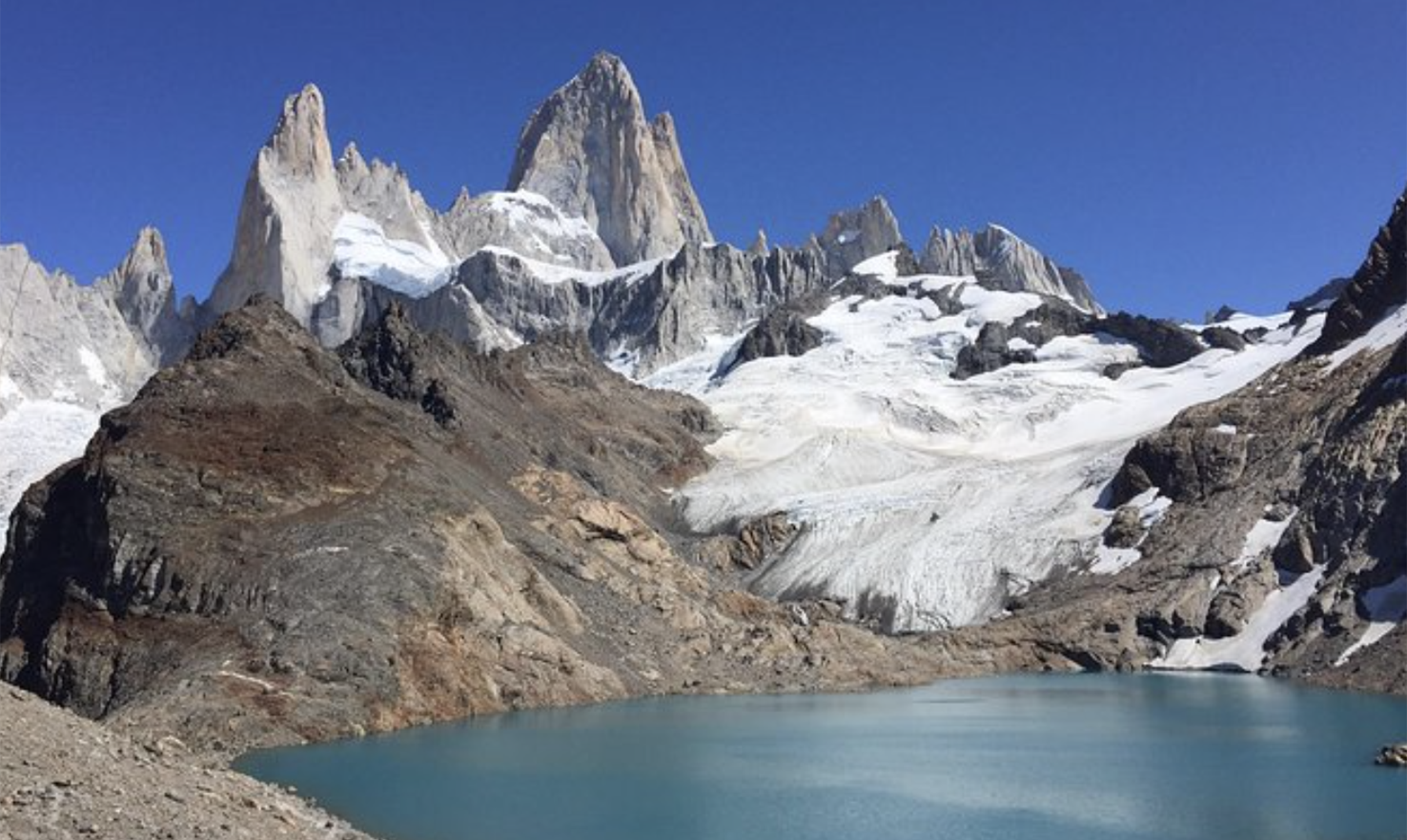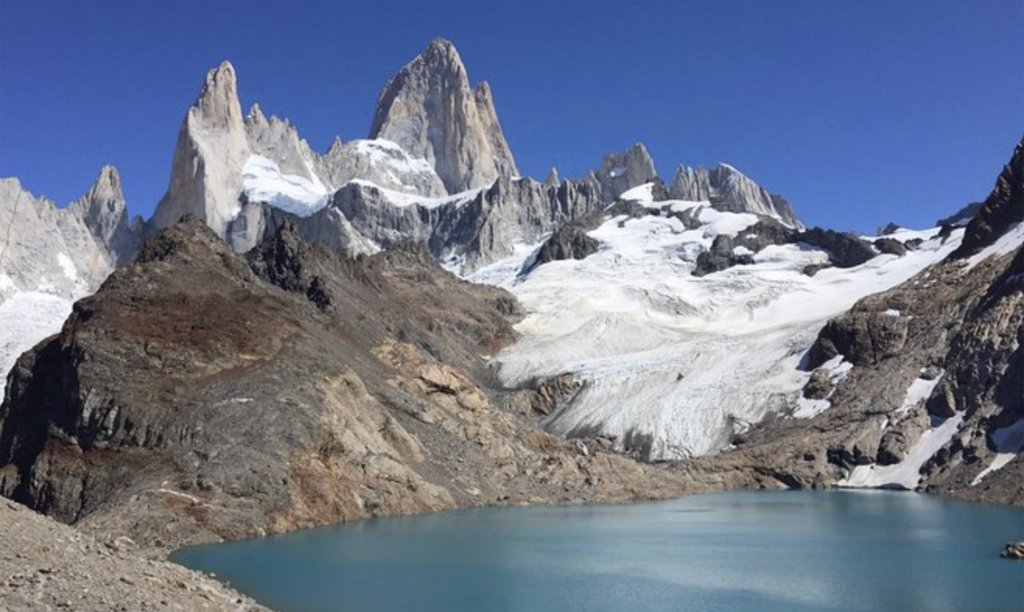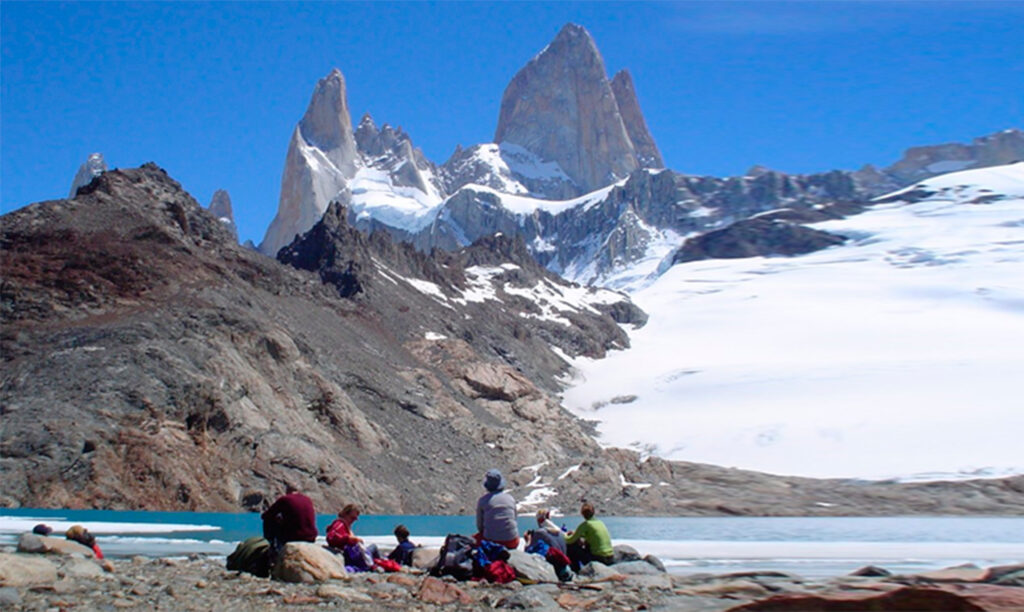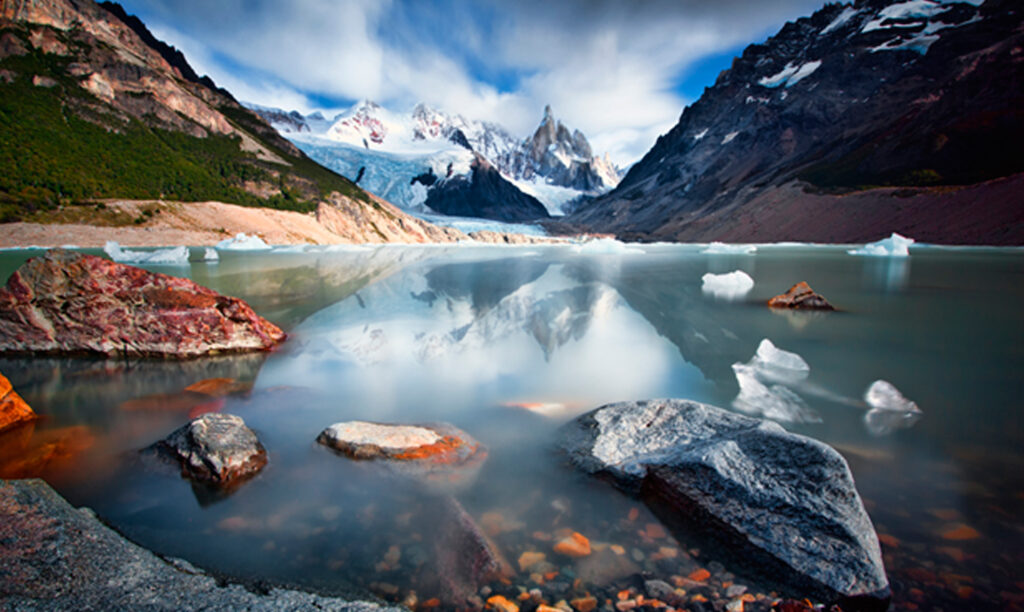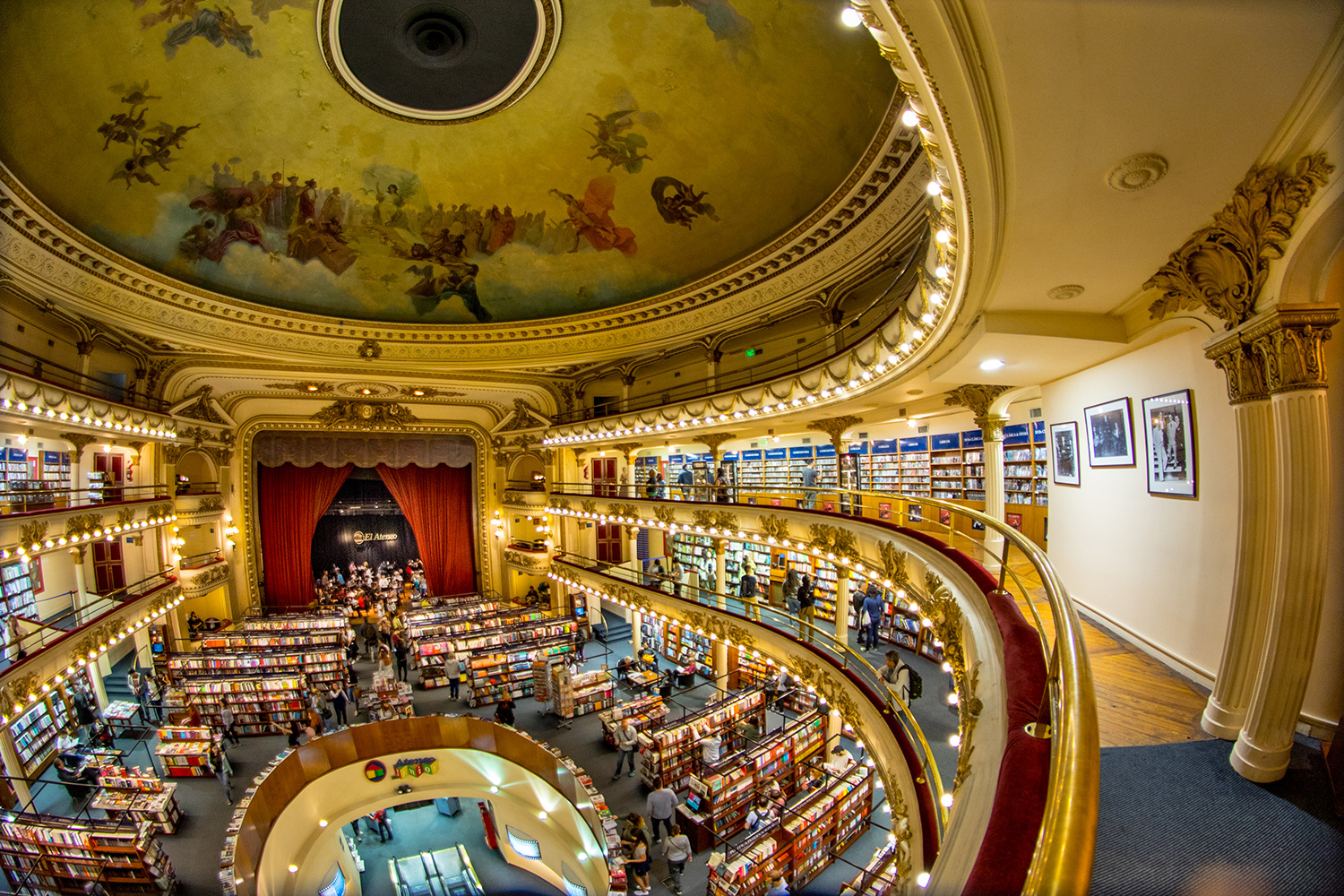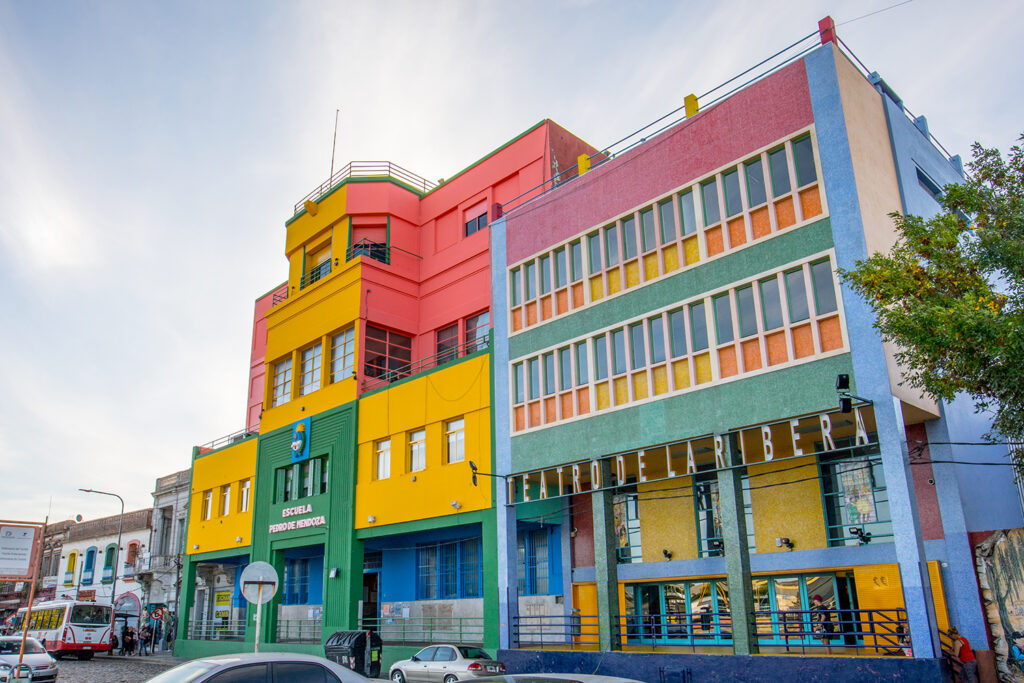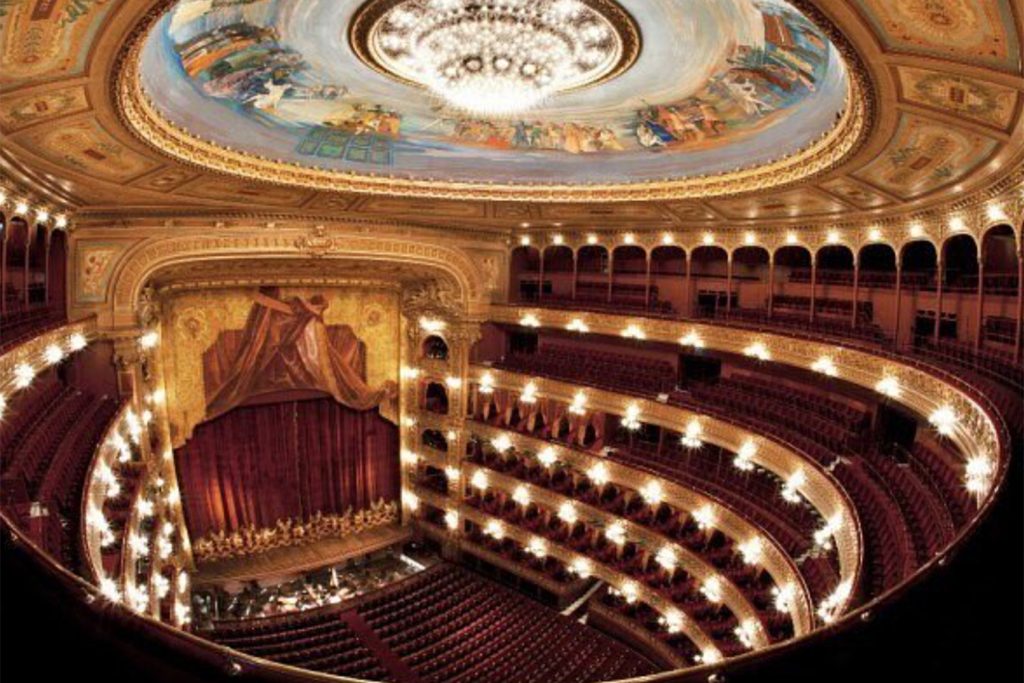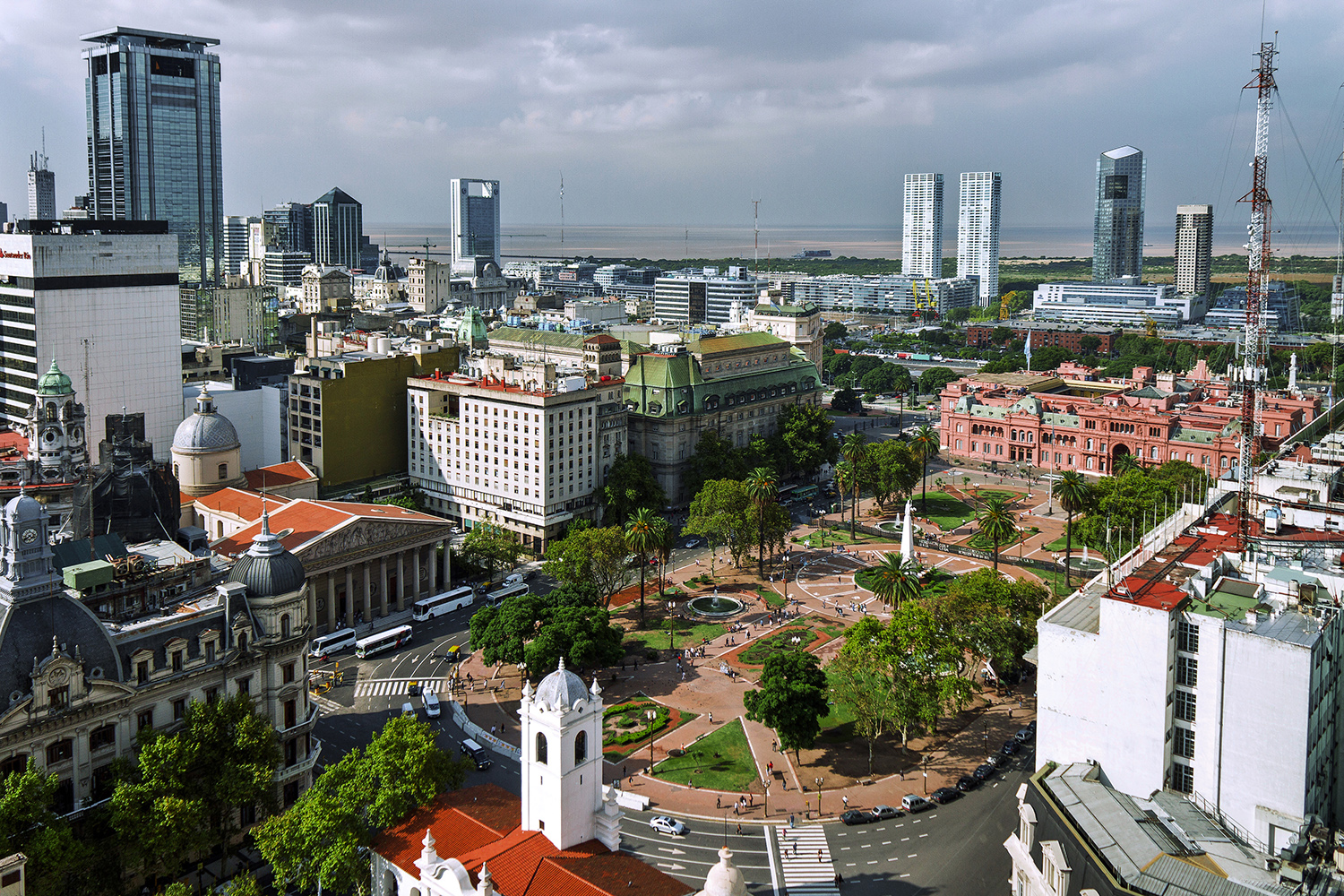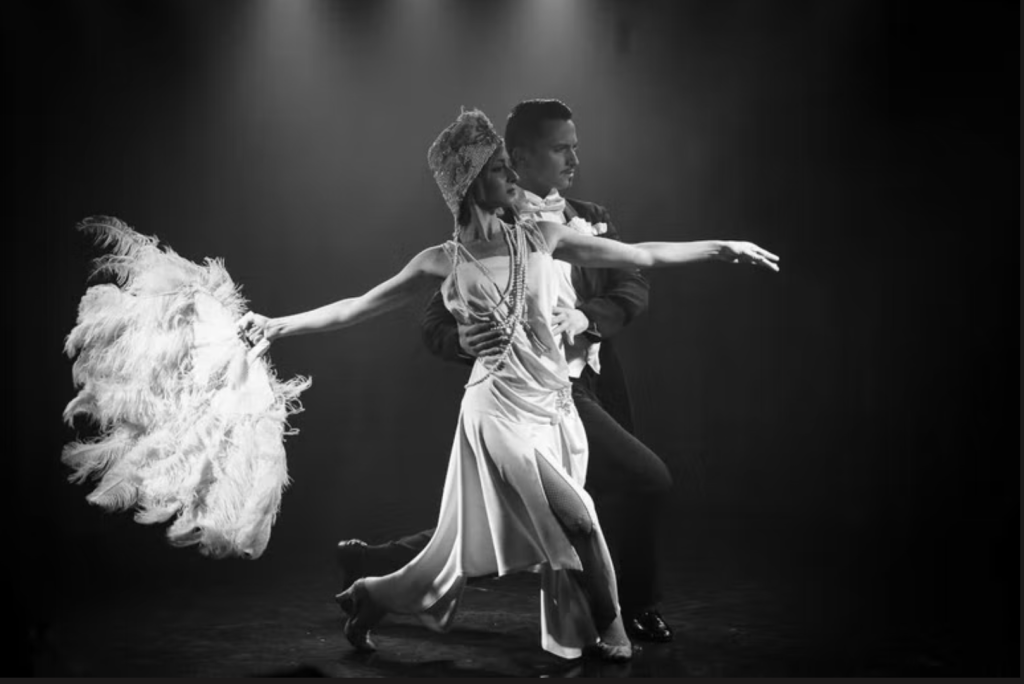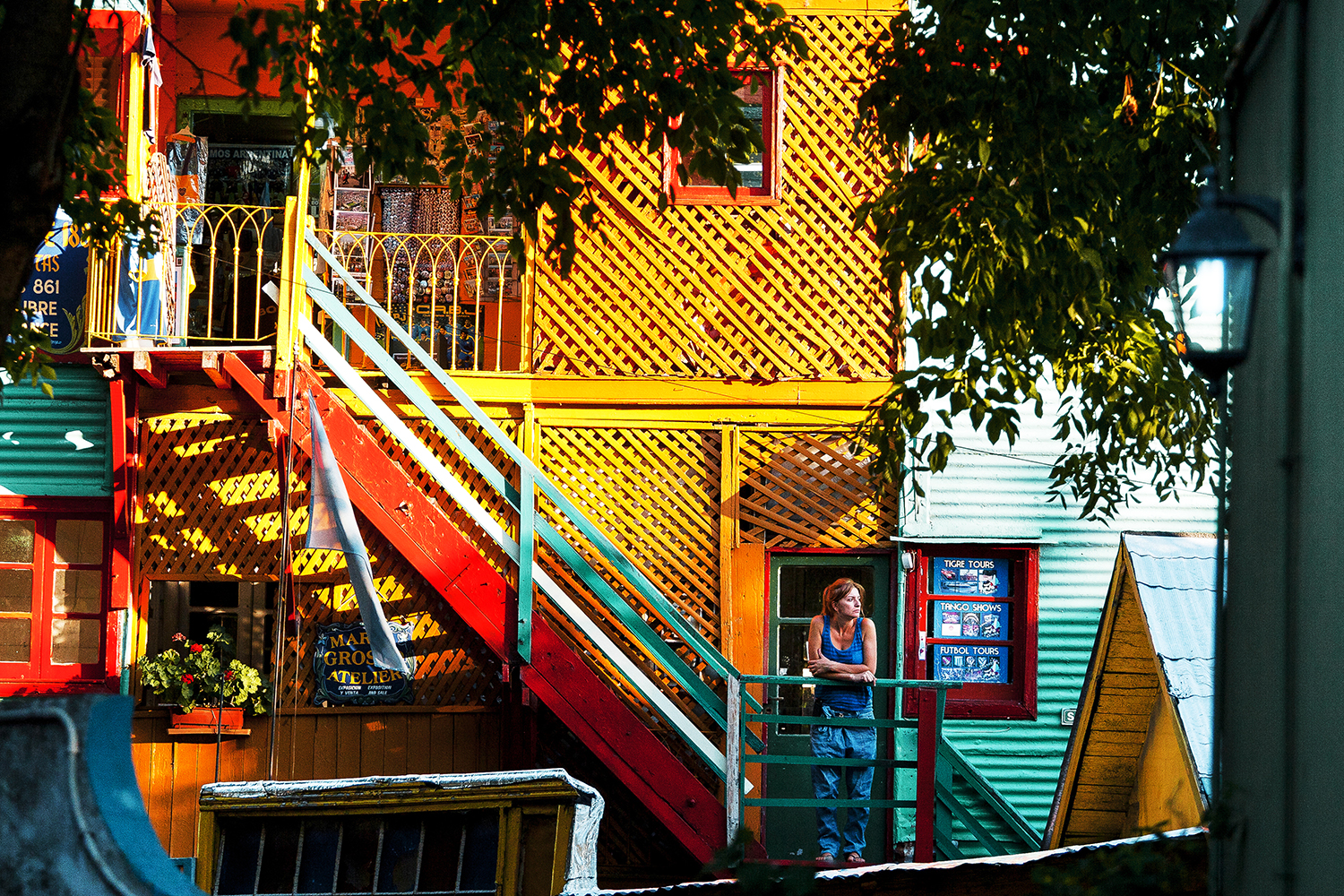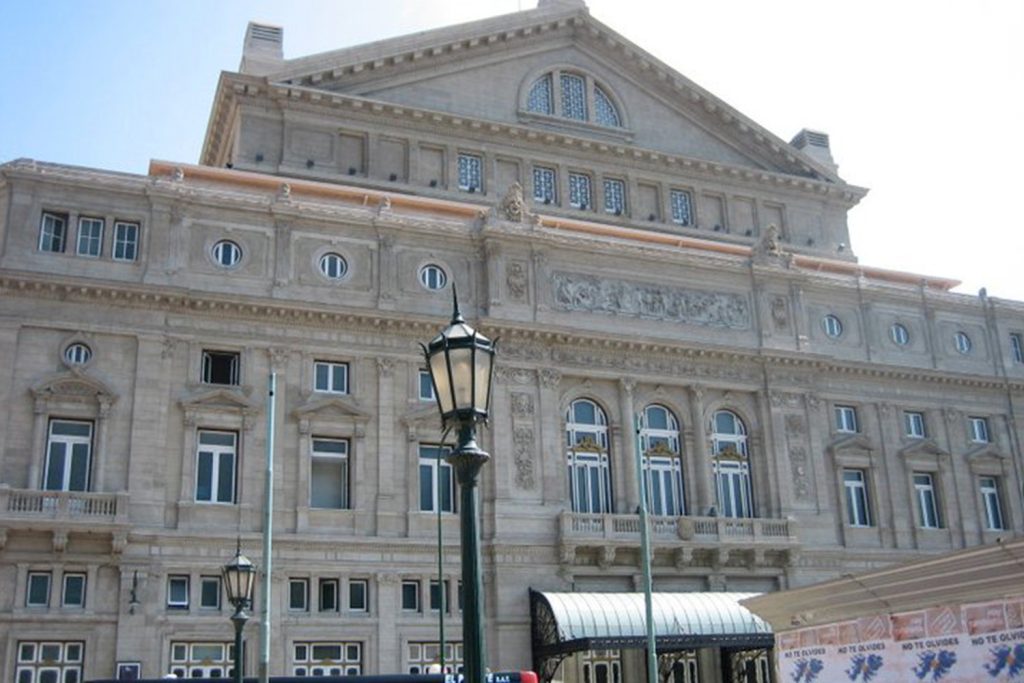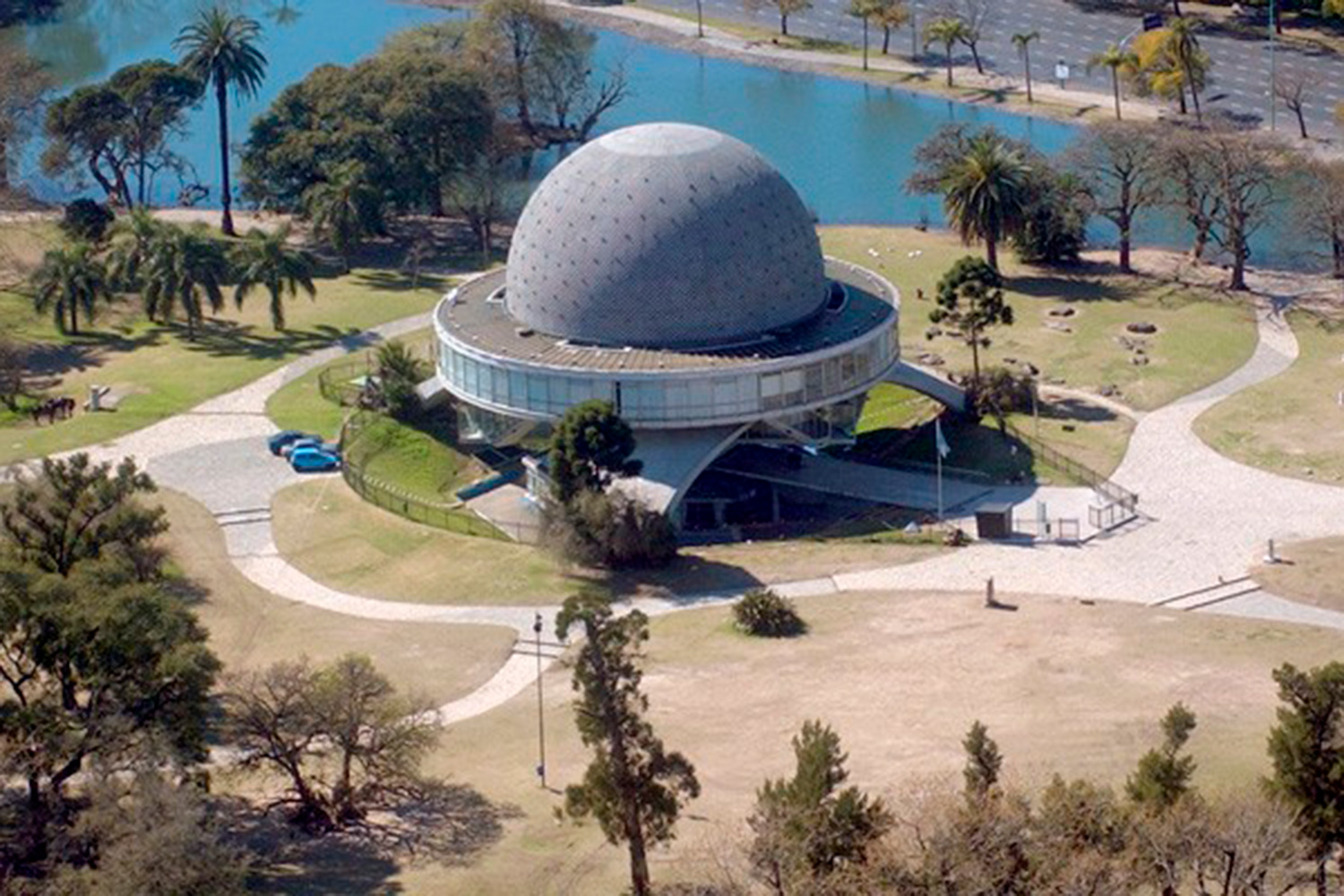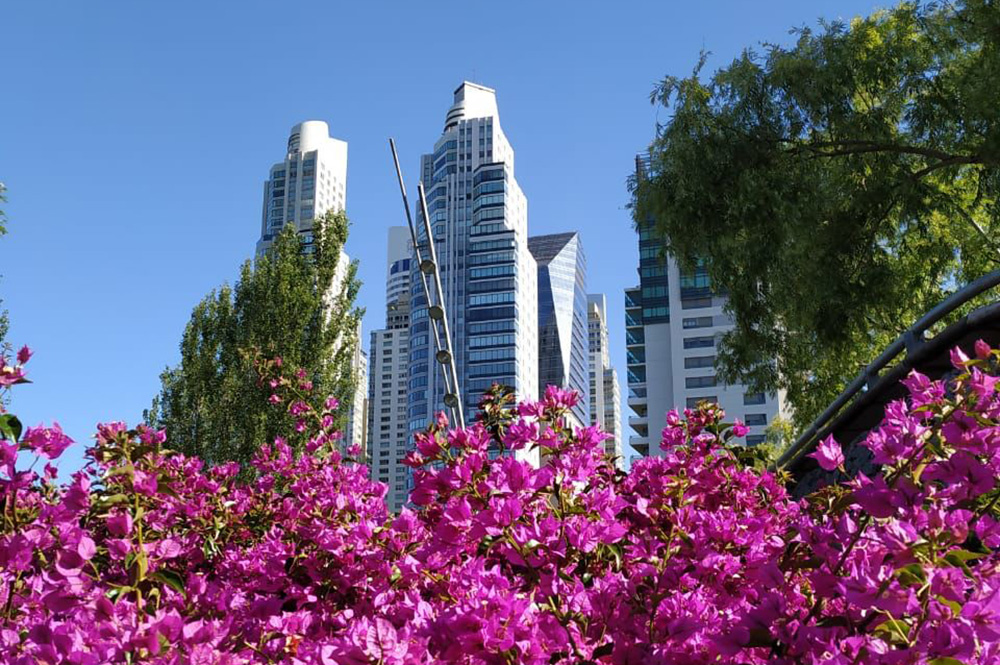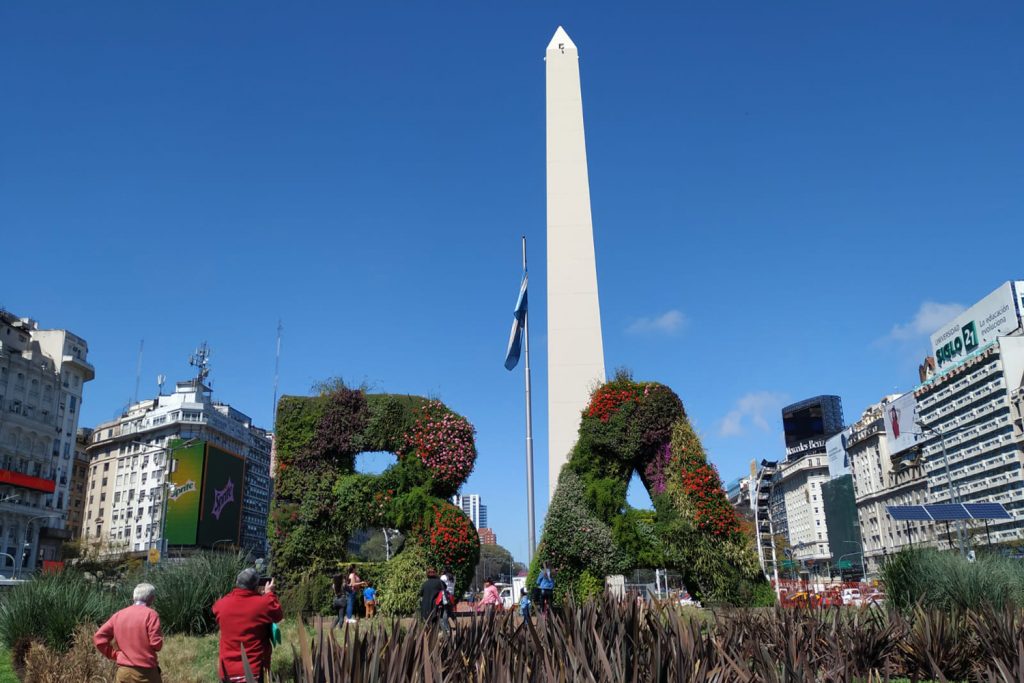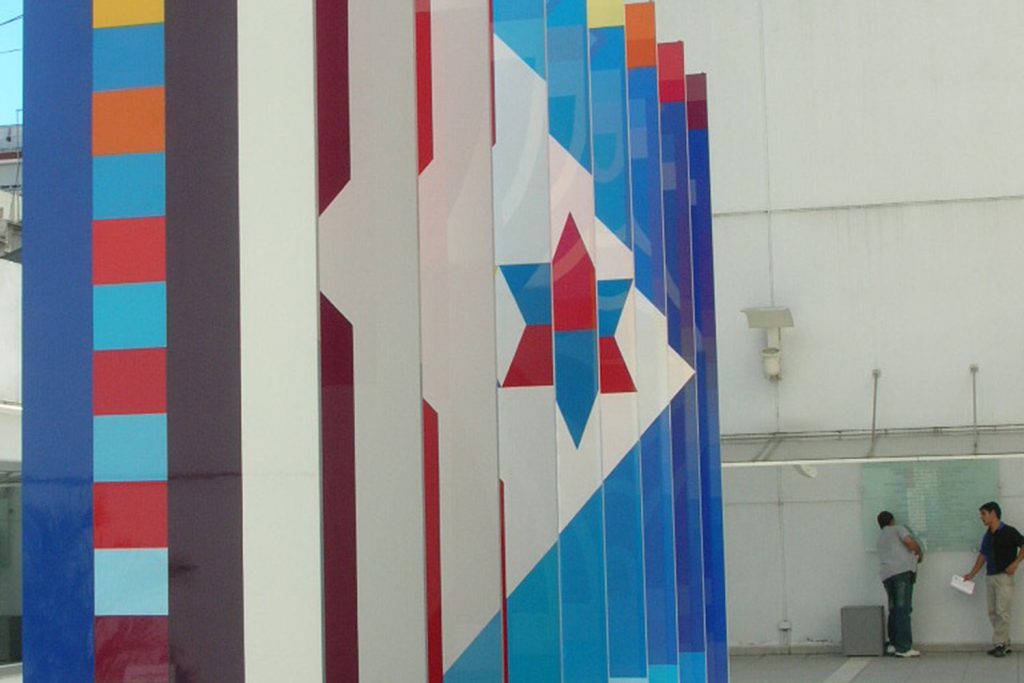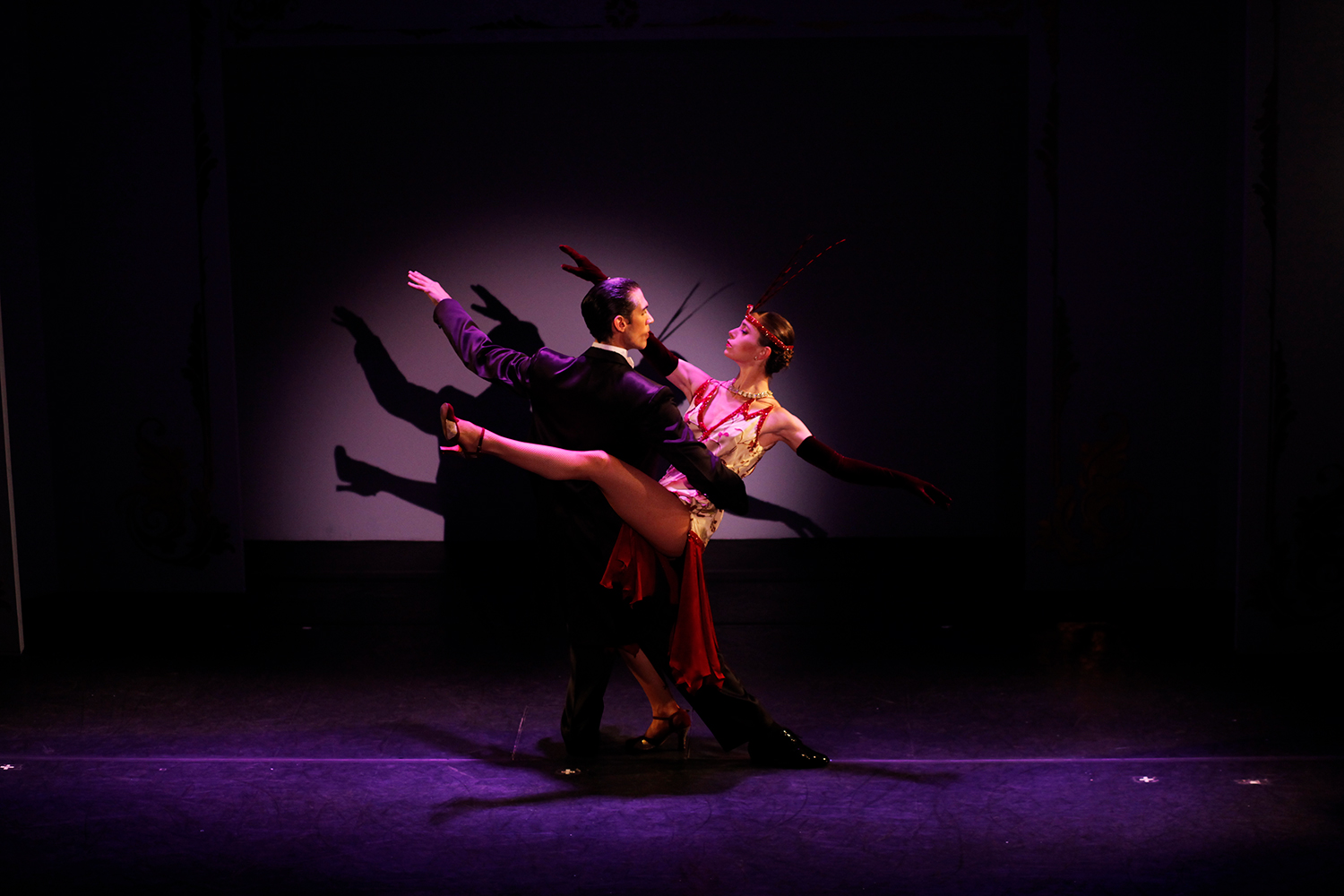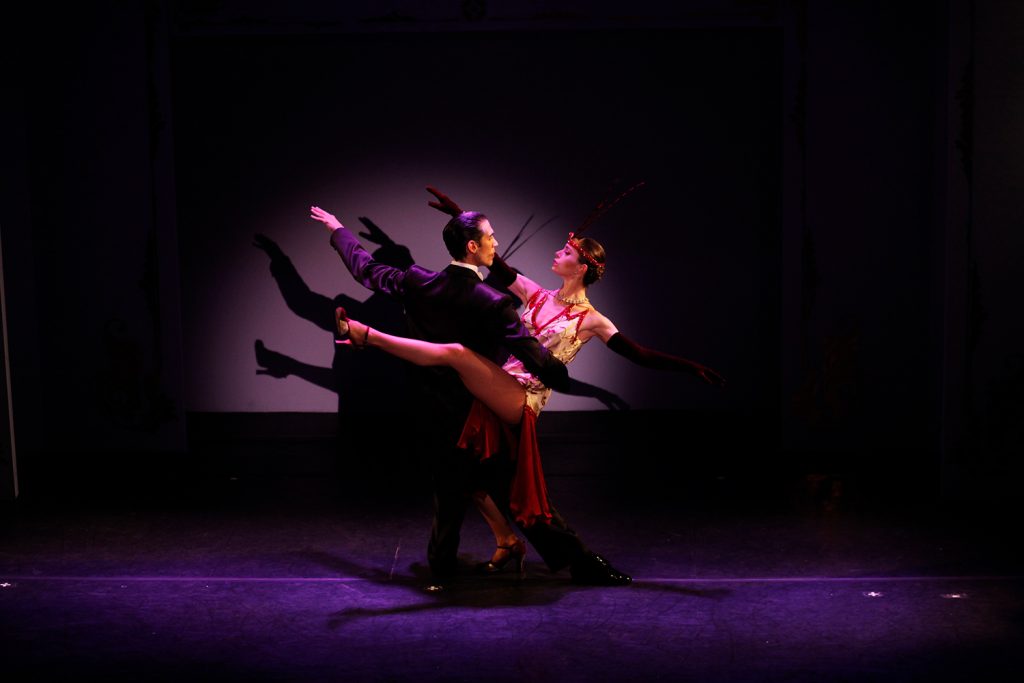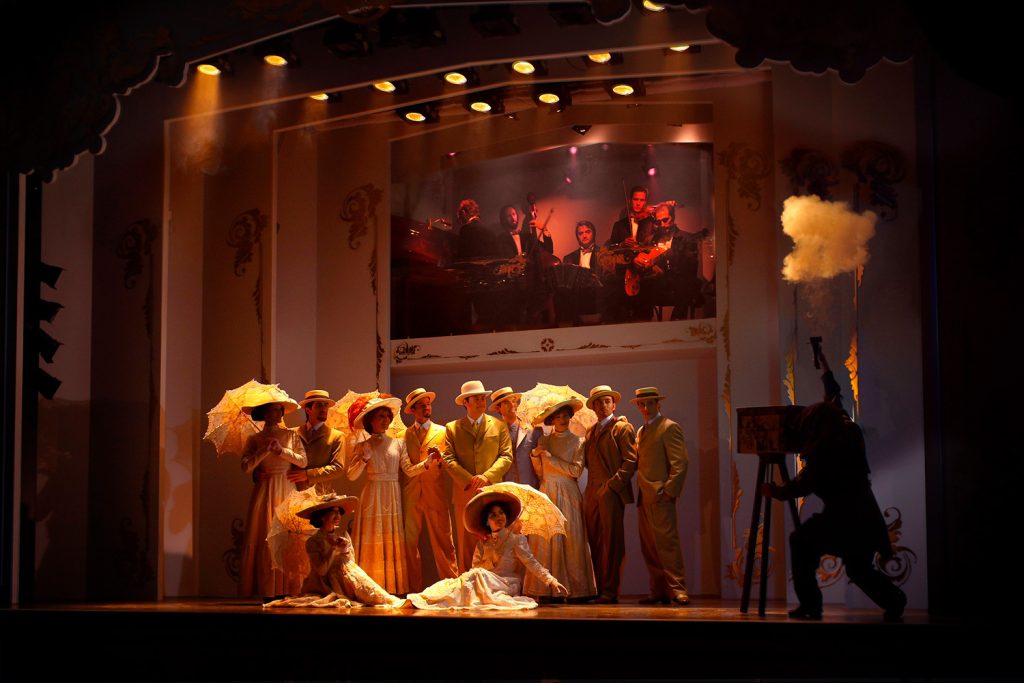El Chalten Hiking for Beginners
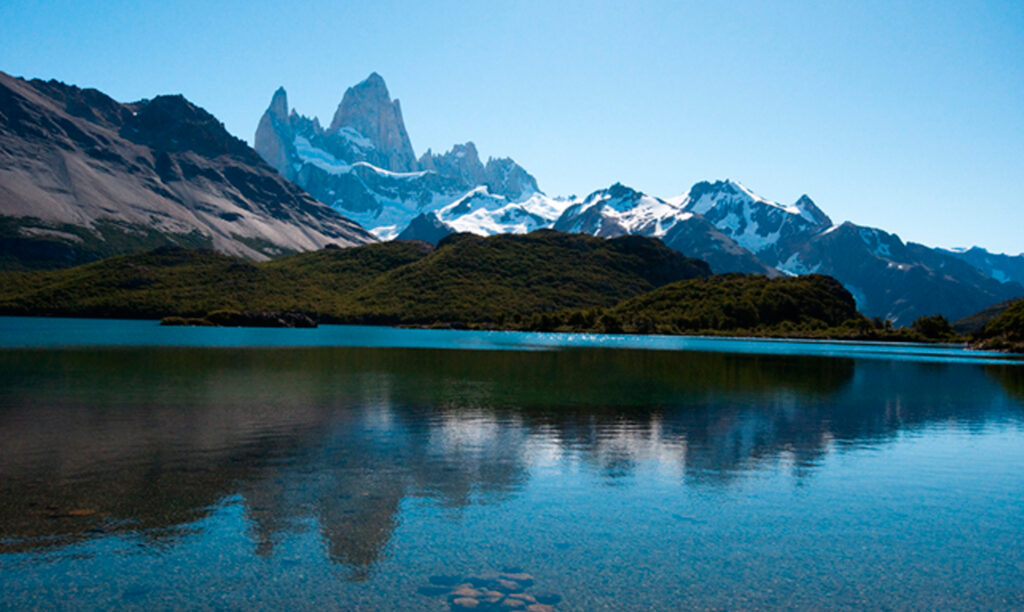
Laguna Capri
Embark on an Unforgettable Trek to Laguna Capri: A Gateway to Patagonia's Natural Splendor
Are you ready to immerse yourself in the wonders of Patagonia’s majestic landscapes? Look no further than the trail to Laguna Capri, a remarkable beginner-friendly trek that offers a captivating introduction to the world of Patagonian hiking. Spanning approximately two hours in each direction, this scenic route presents an ideal opportunity to explore the breathtaking beauty of the region.
As you set foot on the trail, be prepared for an adventure like no other. The journey begins with a moderately steep ascent during the first hour, invigorating your senses and igniting your spirit of exploration. After just thirty minutes, you’ll find yourself graced by the mesmerizing vista of the Valley of the River, where the serene presence of the Ñire forest gradually accompanies your every step, casting a magical ambiance over the surroundings.
Along the path, a sign emerges, marking a crucial fork in the road that leads to two distinct destinations. To the left, the enchanting Lake Capri beckons, while to the right lies the renowned Fitz Roy. Take a moment to ponder your choice, as both options promise unforgettable experiences and awe-inspiring natural beauty.
Venturing towards Lake Capri, be prepared to witness astonishing vistas that will leave you breathless. From the shores of the lake, your gaze will be met with the majestic presence of Fitz Roy and its surrounding peaks. The sight of these towering giants mirrored in the calm waters of Lake Capri is a vision that will forever be etched in your memory, a testament to the raw power and serene beauty of nature.
For those seeking an extra dose of wonder, a mere fifteen minutes further along the trail towards Fitz Roy awaits a natural viewpoint that will take your breath away. Here, you will be rewarded with an awe-inspiring spectacle—the Piedras Blancas Glacier. Marvel at the grandeur of this majestic icy formation, crafted over millennia by the forces of nature. The gleaming white rocks create a captivating tapestry that serves as a testament to the immense power and beauty of the natural world.
As you conclude your trek, take a moment to reflect on the unforgettable experiences and breathtaking vistas you have witnessed. The journey to Laguna Capri has provided a glimpse into the awe-inspiring wonders of Patagonia, leaving an indelible mark on your heart and soul.
So, lace up your hiking boots, don your windproof layers, and grab your camera to capture the memories that await along the trail to Laguna Capri. Prepare to be captivated by the rugged beauty, tranquil lakes, and towering peaks of Patagonia. Let this expedition be the beginning of your love affair with the wild, untamed landscapes of this remarkable region.
Vulture & Eagle Viewpoints
This is a new walk created in 2004 and takes only 1 hour (one way) to a natural viewpoint that overlooks the town, as it’s the shortest walk from it. Here is where you’ll get an amazing, panoramic view of Mt. Adela, Torre and Fitz Roy on the horizon, overlooking the Valley of the River. The walk lives up to its name as you can often see vultures and eagles gliding to and from the valley. If you want to do some additional walking, you can also visit a natural balcony where you can admire the Viedma Lake.
Start from El Chalten, cross the bridge over the Fitz Roy River and walk until you find the start of the path in the National Park offices. From there, you’ll come across a very well-marked path (“Las Aguilas”) climbing up to the viewpoint, which brings you to another natural balcony after just fifteen extra minutes of walking.
Viewpoint of Margarita Waterfall
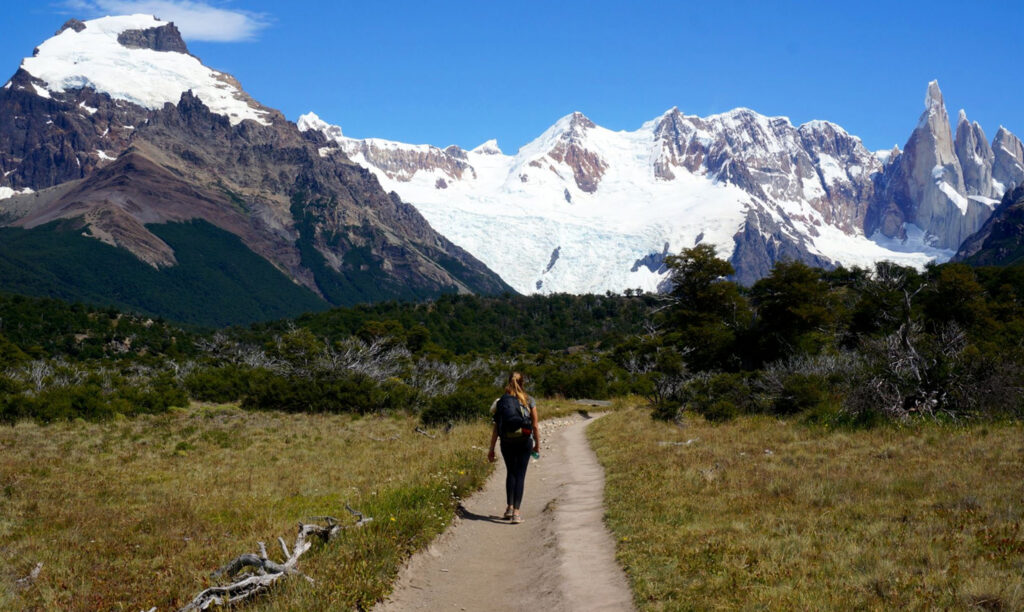
This is a super accessible, year ‘round walk that also approaches the valley and takes you to a viewpoint with panoramic sights to the west. It displays the serpent valley of the river Fitz Roy, Cerro Torre and Adela, and as a bonus, it will only take you 40 minutes one way!
Start on the path towards Torre Lake, which, after a slight climb, will deepen into forest and eventually reach a natural viewpoint of a cliff over the river. Ahead of you, on the other side of the river, you will see the Margarita Waterfall. If you have time, we recommend walking on the path for an hour more to reach the Cerro Torre Viewpoint: one of the two best viewpoints in the area.
Discover the Chorrillo del Salto: A Majestic Waterfall in El Chalten
This walk can also be done in car or by bike: another very easy and 1 hour (2.4 miles) one-way walk that goes through the forest before reaching a 65-foot beautiful waterfall. Under good conditions, you can access this walk all year ‘round. We especially recommend this walk for people who don’t have much time or who are just spending a few hours in Chalten.
Nestled amidst the captivating landscapes of El Chalten, a hidden gem awaits: the breathtaking Chorrillo del Salto waterfall. This natural wonder is a must-visit destination for nature enthusiasts and adventure seekers alike, offering a serene escape into the heart of Patagonia’s untamed beauty.
Located in the Los Glaciares National Park, Chorrillo del Salto boasts a picturesque setting that captivates visitors from the moment they lay eyes on its cascading waters. The journey to the waterfall is an experience in itself, as you traverse through scenic trails, meandering through the lush forests that surround the area.
Photography enthusiasts will find themselves in paradise, as Chorrillo del Salto provides endless opportunities to capture stunning images. The vibrant greens of the surrounding vegetation, the sparkling waters cascading down the rocky cliffs, and the ethereal mist that hangs in the air all contribute to the creation of truly magical moments frozen in time.
The Chorrillo del Salto waterfall is easily accessible, making it an ideal destination for visitors of all ages and fitness levels. Whether you are embarking on a leisurely stroll or seeking a more challenging hike, the beauty of this natural wonder will leave you in awe.
Cañadon del Rio de las Vueltas
This is a short, 40-minute walk one-way, just over three-and-a-half miles from Chalten. On this walk, you will get a wide, panoramic of all the mountains in the Glaciers National Park. Take note that the last entrance to El Cañadon doesn’t have any protective fences, so be very careful not to get too close to the edge. This viewpoint is excellent for getting great shots when the sky is clear. You might even see some low-gliding vultures over the river.
Experience an extraordinary winter escape in Patagonia.
CONTACT OUR DEDICATED TEAM AT IDEAS SOUTH AMERICA to create a personalized and unforgettable travel experience. Start making lifelong memories today!
